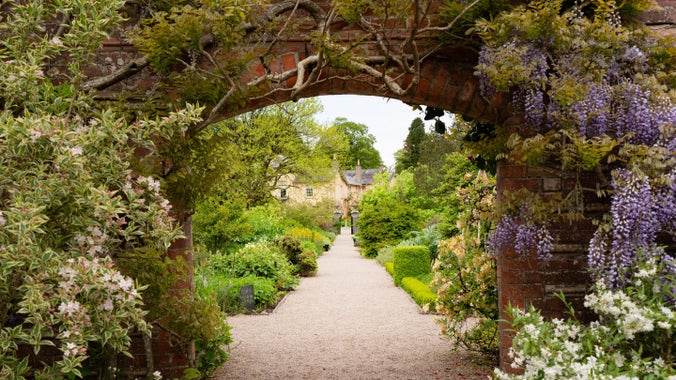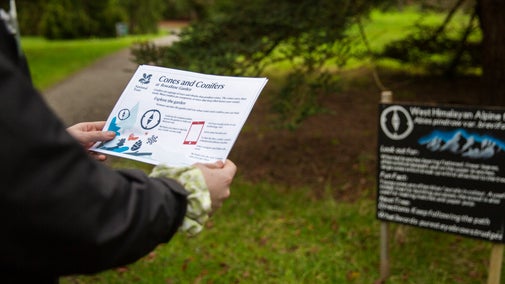
Become a member
Join today and help protect nature, beauty and history – for everyone, for ever. Enjoy access to more than 500 places with National Trust membership.
A garden for everyone, for every season.
Rowallane Garden, Crossgar Road, Saintfield, County Down, BT24 7LH

Find out what's on at Rowallane Garden and plan your next visit.

Rowallane Garden is a three pawprint rated place. Discover Rowallane Garden with your dog. Explore the pleasure ground, stroll through the walled garden & wander through woodland.

The National Trust is for everyone, and at Rowallane Garden our team have been working hard to improve accessibility across the garden to enable more visitors to enjoy and explore this special place.

Enjoy time together surrounded by all the sights and sounds of nature in one of Northern Ireland's most beautiful gardens. Discover the fascinating history of Rowallane Garden and its plant life on a guided tour or simply sit back and relax over a cuppa in the café.

Rowallane Garden offers couples an exceptional place of enchanting beauty and serenity in which to capture your wedding day pictures. The 19th century walled garden, house, courtyard and bandstand make a fantastic backdrop for pictures that you will treasure forever.


Join today and help protect nature, beauty and history – for everyone, for ever. Enjoy access to more than 500 places with National Trust membership.